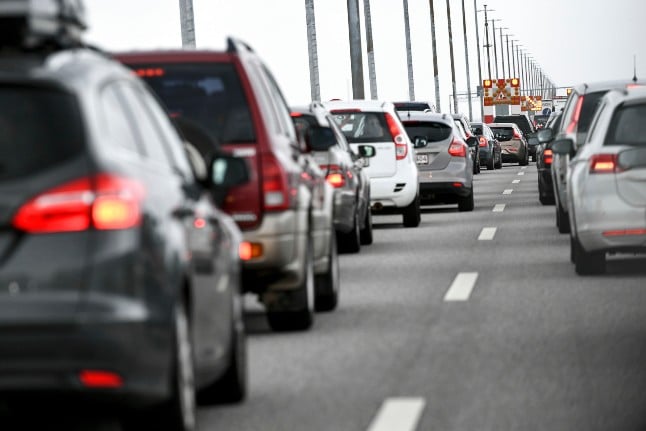Sweden announced on Tuesday that it would drop the ID checks carried out on its borders since the beginning of 2016.
“Swedish ID checks have set the whole of the Øresund region back,” the PM said in a press statement.
“The controls have been a significant inconvenience for commuters and others travelling between Denmark and Sweden and have adversely affected the strong dynamic the region has had for decades. It has not been fun to experience it,” Rasmussen continued.
Sweden introduced border control in November 2015 and in January 2016 required transport service providers to carry out ID checks on board trains, ferries and buses crossing the Øresund.
The measures were introduced as a result of a peak in the flow of migrants from Denmark to Sweden in 2015.
Sweden’s ID requirements, placed on Danish rail operator DSB amongst others, stated that operators could be hit with fines for transporting undocumented individuals across the Øresund to Sweden.
Both border control and the now-scrapped ID checks have resulted in significant delays and cancellations on trains between Denmark and Sweden, reports Ritzau.
DSB will cease carrying out its checks from Thursday, according to the Danish Ministry of Transport, Building and Housing.
“It is also extremely pleasing that the Swedish government has now decided to repeal the ID control. It is a good day. Now we in the region can continue to grow and develop together.
“I look forward to conditions for commuters, businesses and all others in the Øresund region improving significantly,” Rasmussen said.
But despite the end of ID checks, travellers to Sweden should continue to carry passports, with border control remaining in place, as noted by the Danish PM in a Twitter post.
@Claus_Pedersen Svenskerne har ikke ophævet grænsekontrollen, men den besværlige id-kontrol og transportøransvaret. Det har vi aldrig haft.
— Lars Løkke Rasmussen (@larsloekke) May 2, 2017
Meanwhile, the EU Tuesday approved the extension of border controls in Denmark, Sweden, Germany, Austria and Norway, with the proviso that they will likely be lifted in October.
The oft-extended emergency border controls, which were introduced in Denmark in January 2016 and have seen border police return to the frontier with Germany, may only be extended for three six-month periods, meaning that any further extension would require a new justification to be put forward by the Danish government.
“What we are proposing today is to gradually phase out temporary, internal border control while simultaneously strengthening proportional police checks across member state borders. This will be the last extension,” said EU migration commissioner Dmitris Avramopoulos, according to a report by Jyllands-Posten.
Denmark would be able to continue with border control beyond October should a serious security risk still be assessed to exist.
“It is quite simply too easy to say how things will look when we get to that stage,” immigration minister Inger Støjberg told Ritzau.
The minister did not offer any guarantee that Denmark would follow the recommendations of the EU commission over border control come October.
“I will obviously listen to the commission. But firstly, the case is that we can extend border controls by half a year, so that’s what we’ll do. When the time comes, then we’ll look at it. We cannot lift border controls if it’s still necessary to have a border control,” she said.



 Please whitelist us to continue reading.
Please whitelist us to continue reading.